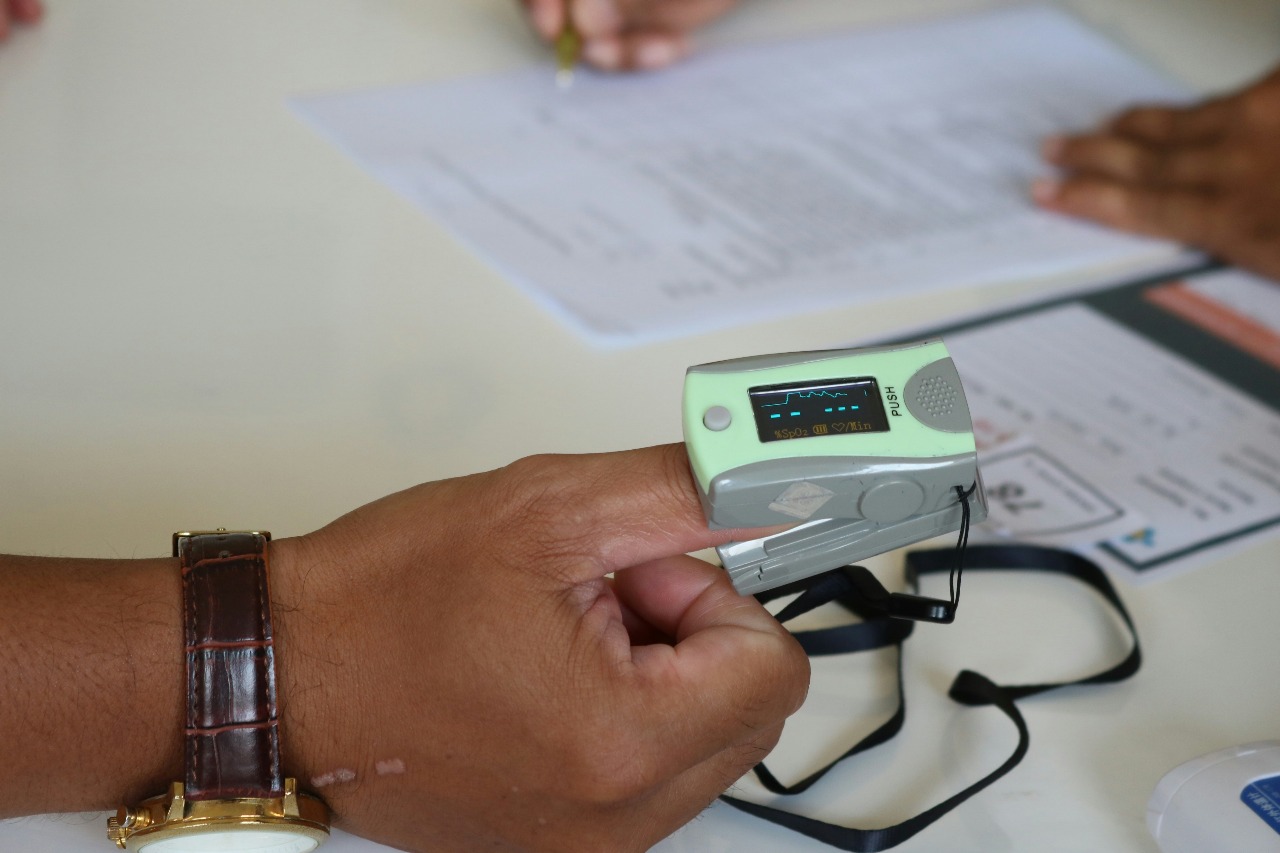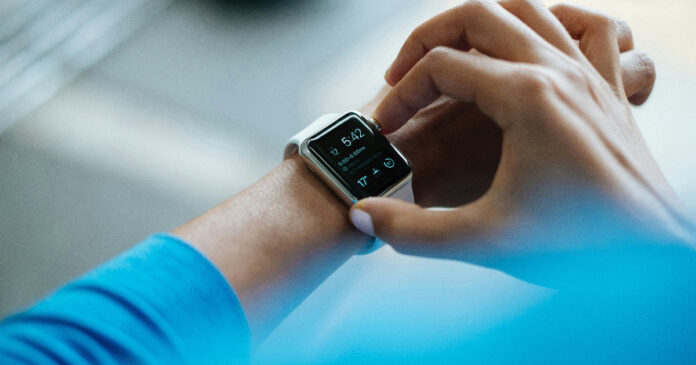For earlier generations, decisions were often influenced by a doctor’s advice or popular advertising.
There was a sense of trust built into big-name brands, and many consumers took product claims at face value.
Today, that approach has changed. Younger people are more likely to question what they’re using and why.
This shift stems from easy access to information.
Whether it’s checking ingredients online, reading independent reviews, or comparing product certifications, consumers now have tools that didn’t exist a couple of decades ago.
They often spend time researching before committing to anything, even something as simple as a multivitamin or skincare serum.
This habit has become a part of their purchasing routine, especially when it comes to anything that affects their long-term health.
In this article, we will discuss why younger generations are more cautious about health products.
The Role of Social Media and Personal Stories
There’s no denying that social media can be a source of misleading trends.
According to an NCBI study, most social media users perceive some or a lot of misleading healthcare information.
Only around 18% of the study participants reported not perceiving any false information on social media platforms.
While this is true when it comes to healthcare advice, there’s another angle to it.
Social media platforms have also become a powerful tool for people to share their experiences with health and wellness products.
Platforms like Reddit, Instagram, and TikTok are full of unfiltered reviews and personal stories.
Some of them praise a product’s results, and others warn about unexpected outcomes.
These stories often influence decision-making more than traditional ads.
A 30-second TV commercial might highlight a product’s benefits, but a review video detailing real-life experience carries a different weight.
A Taylor & Francis Online study also states the same. It indicates that 92.5% of participants aged 18-25 used social media for information before making a purchase decision.
Many younger consumers trust these stories because they seem more relatable and less polished. It’s not just about results.
It’s about how the product made them feel, how long they used it, and whether they’d recommend it to others.
This firsthand perspective has become a key part of product research.
How do Algorithms Affect Health Content?
Social media platforms often promote content that generates high engagement, which can include stories about dramatic or emotional health issues.
This can create an echo chamber where users primarily see opinions that align with their fears or beliefs.
As a result, users may develop skewed perceptions of specific products or treatments.
Approval Isn’t Enough for Younger Consumers

Younger generations simply don’t start trusting a healthcare product simply because state and federal agencies approve it.
They understand that healthcare is complex and how a product may impact different people’s health in different ways.
Their caution often stems from hearing real-world stories where things didn’t go as expected, even when devices had regulatory approval.
Take, for example, the Paragard IUD, which is an effective copper intrauterine device.
TorHoerman Law states that despite being effective, Paragard IUD has been associated with several health complications.
These individuals have even filed lawsuits against the manufacturer for compensation for their damages.
Victims of the Paragard IUD lawsuit allege that the device is prone to breaking during removal.
This can lead to internal bleeding, organ damage, perforation of the cervix, infection, pseudotumor cerebri, and many other health challenges.
Younger people are taking these stories seriously.
They’re reading user experiences, digging into post-market studies, and carefully considering the potential risks of medical products that may not reveal issues immediately.
Their approach reflects a growing desire for transparency and a growing skepticism toward blanket trust in approvals or expert recommendations alone.
How Can Someone Check Device Safety?
Patients can review product information on the FDA’s website, look at independent safety reviews, and check for any recalls or ongoing investigations.
Speaking to multiple healthcare professionals and reading peer-reviewed studies also helps build a clearer picture. Taking these steps may reduce the risk of complications.
Informed, Not Distrustful
It’s essential to recognize that this generation’s caution doesn’t equate to fear or rejection of medical advice.
Many young people value professional input, but they want to be part of the decision-making process.
Instead of blindly following advice, they ask questions, seek supporting evidence, and sometimes propose alternatives based on their own research.
This mindset has encouraged a more balanced relationship between doctors and patients. It’s no longer unusual for someone to arrive at a doctor’s office with a list of researched questions.
The conversation has shifted from one-way advice to a two-way discussion.
Younger consumers are increasingly interested in understanding the side effects, potential interactions, and long-term impact of the products they use or take.
They’re not trying to challenge authority; they’re trying to make better choices for themselves.
This two-way discussion has led to an improvement in patient engagement, which is vital for optimal healthcare quality.
As a Taylor & Francis Online study states, engagement fosters collaborative care, shared decision-making, and open communication.
Moreover, it also gives patients a sense of independence, empowerment, and control.
When they are aware of the choices they have made, they are more likely to adhere to the treatment process.
This helps establish a doctor-patient relationship, resulting in improved care.
Can Too Much Research be Harmful?
While being informed is helpful, over-researching can sometimes lead to anxiety or confusion, especially when trying to interpret medical studies without proper context. It’s helpful to prepare questions, but it’s also essential to trust qualified professionals to analyze the data and recommend tailored options.
Expanding Interest Beyond Traditional Medicine
For many young adults, wellness isn’t just about treating illness; it’s about prevention and balance.
Practices such as yoga, mindful eating, sleep tracking, and breathwork have gained popularity.
This is not only because they’re trendy but also because they support a more sustainable lifestyle.
Consider the example of yoga, which has grown in popularity worldwide.
In the US, the number of people practicing yoga surpassed 34 million in 2023.
According to Statista, it was also ranked among the top self-care activities in the country in 2024.
Health benefits were cited as the biggest reasons why people practice yoga.
These approaches often align more closely with personal values, particularly in terms of self-awareness and long-term health.
This doesn’t mean that traditional medicine is being pushed aside.
Instead, people are looking for ways to combine it with everyday habits that support mental and physical well-being.
Products that fall under this broader definition of wellness are often approached with the same level of scrutiny.
Consumers want to see lab results, the sourcing of ingredients, and clinical support. If something promises to improve sleep or reduce stress, they want to know how and why.
Younger generations are transforming the way health and wellness decisions are made.
They value transparency, ask more questions, and look beyond traditional advice before trusting a product or treatment.
Their caution isn’t about rejecting modern medicine; it’s about making thoughtful, informed choices.
This shift is pushing brands and healthcare providers to communicate more openly and listen more closely.
As personal stories and data become more accessible, consumers are better equipped to take control of their health.
Stay tuned to Brandsynario for the latest news and updates



































